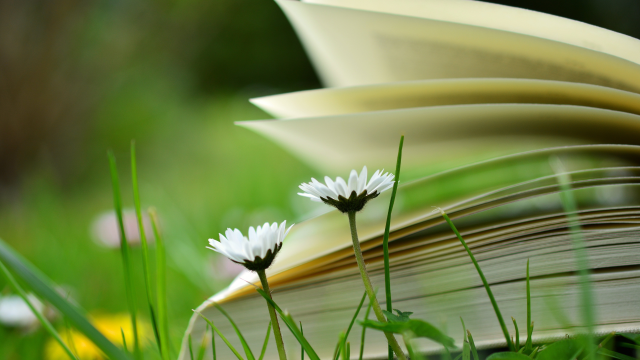The end of term can feel like we are juggling so many things: grinding to meet deadlines, catching up on notes and assignments, maintaining the time and energy to study for exams, and finding moments for ourselves to reenergize too. While it might not seem it, this can also be an important time to reconnect to our intentions for ourselves. In the midst of busyness, we may wonder if we are staying true to our guiding principles. As we proceed along the lines of Inspiring Intention this winter term, let’s explore some of the ways we can remain focused on our intentions during busy times and even inspire others to do the same.
Try these ideas to remain focused on your intentions during Finals:
- Pause and empower. How can you feel as though you are in an organized and prepared position going into finals week? You might reflect on ways to ground yourself, which can even be as simple as taking three gentle breaths. Or perhaps checking in with each of your Roots of Wellness. Another intentional approach can be to apply specific labels to our feelings and address those feelings strategically. Maybe you are experiencing a sense of loss of control and consider prioritizing your most critical tasks to help you regain focus again. Set healthy boundaries for yourself like sticking to a reasonable sleep schedule. Ask yourself: what do I need in this moment?
- Acknowledging overwhelm (and asking for help). Consider connecting to campus resources when you need, including wellness check ins (one-on-one sessions with trained listeners) when you feel talking to someone could be a helpful place to begin. The Academic Skills Center offers finals programming to help you keep on track with your studying and assignments. Finally, the Counseling Center can support with crisis counseling and additional mental health resources. Be real with yourself about how you are feeling and consider opening up to friends and family. Help is here, you need only ask.
- Try an accountability buddy. Pair up with a friend or classmate to serve as an accountability partner or partners. Check in regularly with them to discuss progress, offer support and feedback, and encourage each other with affirmations. This can be a powerful way to inspire intention amongst friends and peers too.
- Celebrate the small victories. Take a moment to appreciate how far you have made it in the term already. Acknowledge not only your efforts to maintain your intentions into the finals week, but recognize your friends’ and classmates’ efforts too. Creating a positive and focused atmosphere can be beneficial to all in our immediate circles and beyond.
Living an intentional life means, to the best of our ability, inching closer with purpose each day towards our long-term vision. In moments when we feel direction paralysis (or lost or distracted from our intended destination altogether) we recognize that this is normal and temporary. By pausing to connect with our immediate needs, asking for help, encouraging others to do the same, and celebrating the little achievements, we can be well on our way again. Best of luck during finals, Dartmouth!




